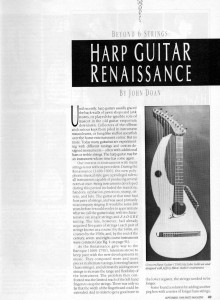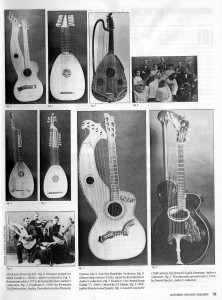Last October I had a chance to conduct a Sor Symposium and debut a new show “Beyond Six Strings – from Sor to Hendrix” at Marylhurst University in Portland, Oregon. Months before I had an opportunity to talk with Peter Zisa who conducts the guitar program there about my research in the life and music of Sor, and he suggested that Marylhurst University host a Sor Symposium. Peter is not only a great player and elegant human being, he has such a great imagination and he coordinated with several teacher/performers in the area to have students come to a master class and themselves participate in the Symposium. Both the class and the Symposium went incredibly well.
Peter reviewed the event as follows:
“Marylhurst hosted an historic performance by John Doan on three beautiful and historic instruments. John’s blend of remarkable skills as a storyteller and masterful performer proved to be the highlight of the two-day Sor Symposium. John, who began his performance with his own music and arrangements on harp guitar, concluded the program with a historic premier performance of Sor’s music for the three-necked harpolyre. The pieces, which varied in level of technical difficulty from intermediate to virtuosic, charmed and moved the spellbound audience.”
Fan, Shannon J. Murphy, had this to say about the concert:
I was present at the concert at Marylhurst and was able to relive it as I read your account here. It was a beautiful presentation and I know your future audiences at this concert are going to love it as much as I did. Your description of Sor and his musical technique struck me as being just what I could say of you and yours. You are the instrument that makes the music flow. Continue to walk in the light.
In short, it was a kick!! It seemed crazy to combine in the same show the music of Fernando Sor – the “Father of the classical guitar” with the music of Jimi Hendrix and other contemporary guitar innovators but as the show evolved it flowed beautifully into an event that reached across time, generations, and cultures. Continue reading


